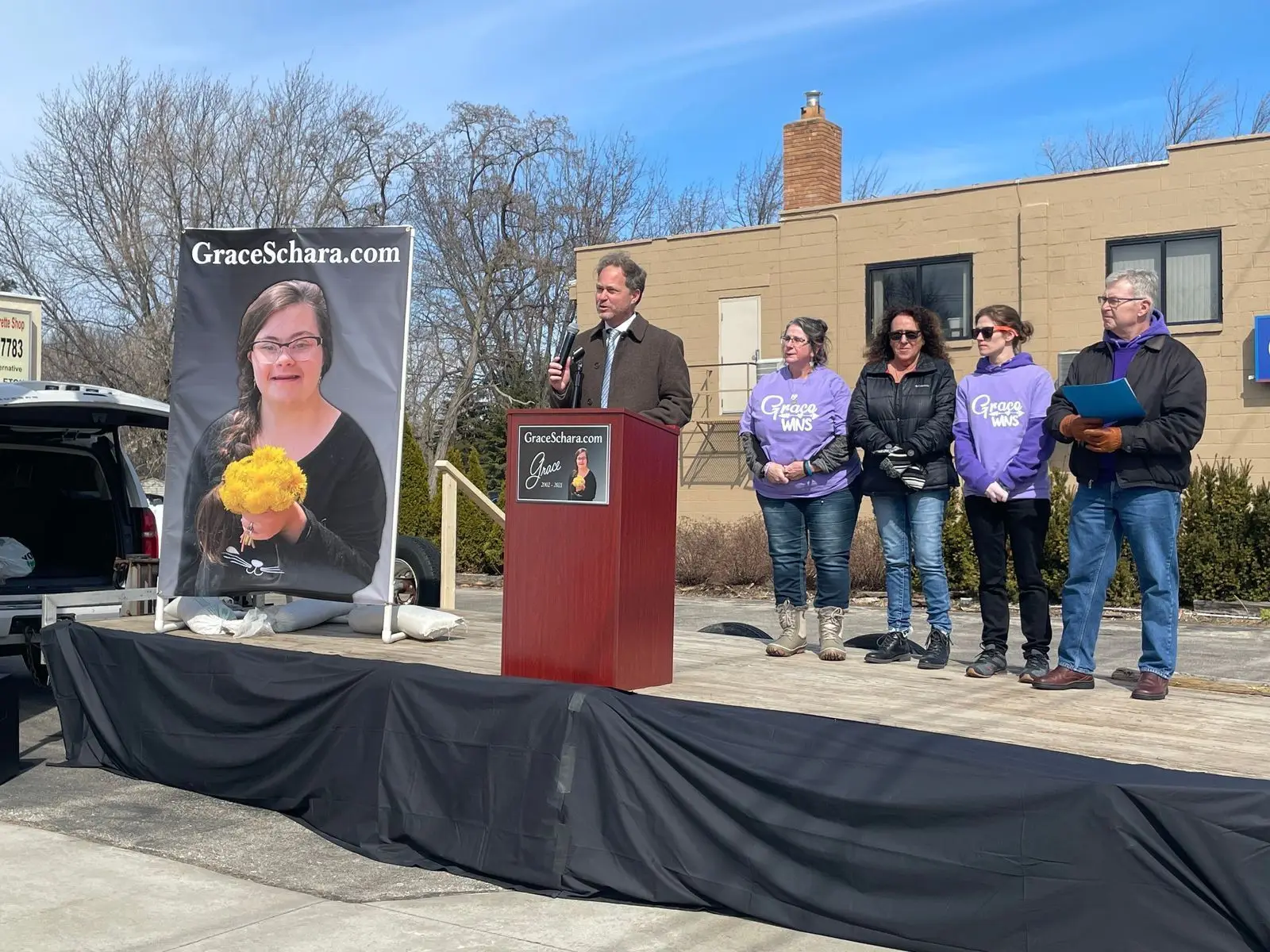
What the Grace Schara Case Tells Us About Medical Negligence and COVID-19 Litigation
The recent verdict in Schara v. Ascension Wisconsin has reignited debate among medical malpractice attorneys and healthcare professionals alike. On June 20, 2025, a jury in Outagamie County, Wisconsin, found in favor of Ascension Wisconsin in a wrongful death lawsuit brought by the family of Grace Schara, a 19-year-old woman who died in 2021 after a week-long hospital admission for COVID-19 symptoms.
While the loss is devastating for the Schara family, this case also marks a turning point in COVID-related malpractice claims. It raises critical questions for practitioners litigating in this space.
The Case in Brief
Grace Schara was admitted to the hospital in 2021 with COVID-19 symptoms. Seven days later, she died. Her family, however, contested the hospital’s treatment decisions and rejected COVID-19 as the cause of death. They filed a wrongful death suit, alleging medical negligence and unnecessary administration of medications, including sedatives and insulin.
At trial, the family’s attorneys argued that the medications, Precedex, lorazepam, and morphine, were given inappropriately and contributed directly to Grace’s death. The defense countered that these drugs were standard in ICU care, used in proper dosages to help stabilize a patient’s oxygen intake. Dr. Gavin Shokar, the treating physician, testified that Grace’s parents declined intubation and were informed of both her do-not-intubate and do-not-resuscitate (DNR) status – claims the family vehemently denies.
After a nearly three-week trial and only two hours of deliberation, the jury returned a defense verdict. Of 13 jury questions, only two had a single dissenter. The outcome highlights a familiar challenge in malpractice litigation: proving causation and deviation from the standard of care in the face of conflicting testimony and medical records created in real time during a crisis.
The Scharas also pointed to systemic barriers: Wisconsin caps non-economic damages in medical malpractice claims at $750,000, while the family says the case cost over $1 million to bring to trial. Their team of attorneys emphasized that litigation against large hospital systems, especially in post-COVID cases, remains an uphill battle.
The trial touched on hot-button issues beyond medical negligence, including claims of financial incentives for COVID-related deaths, the care of patients with disabilities, and hospital DNR protocols. Defense counsel leveraged some of Scott Schara’s public comments and beliefs to suggest a broader anti-hospital agenda, which the family argued prejudiced the jury.
Regardless of the verdict, this case reflects a growing trend of plaintiffs challenging the process and transparency of hospital decision-making, particularly around end-of-life care. For attorneys, it’s a reminder of the increasing complexity of informed consent disputes, the evidentiary weight of EMR documentation, and the jury’s role in parsing medical intent from medical error.
As the Schara family considers next steps, potential appeals, legislative advocacy, or broader public campaigns, this case underscores how litigation intersects with grief, policy, and deeply personal questions of trust in the healthcare system.
What made this case especially notable was that it became the first jury trial in the U.S. to directly challenge the listing of COVID-19 as the cause of death on a death certificate. This legal strategy sought to confront not only the medical decisions made in Grace’s care but also broader public health narratives.
Ultimately, the jury sided with the hospital, finding no liability.
Key Legal Takeaways
The Hurdles of COVID-Era Medical Malpractice
This case underscores just how difficult it is to overcome the legal protections that shield healthcare providers during public health emergencies. Many jurisdictions enacted COVID-specific liability shields, or existing doctrines such as the emergency standard of care were stretched to accommodate rapidly evolving guidance. Even in states without formal immunity statutes, jurors appear sympathetic to hospitals operating under crisis conditions.
For plaintiff-side attorneys, this means the burden of proof is even heavier than usual. Establishing causation, especially in medically complex cases where COVID is a factor, remains a key battleground.
Causation vs. Conspiracy
The Schara family’s legal strategy relied heavily on contesting the official cause of death – COVID-19 and pointing instead to what they alleged were negligent interventions, such as the administration of specific medications. However, in jury trials, there is a delicate balance between presenting an alternative medical theory and appearing to reject consensus science altogether.
Attorneys on both sides of a case must carefully navigate this line. Jurors are more likely to respond to specific deviations from protocols or breakdowns in communication than to broader claims that question institutional intent.
Litigating Against the Record
Supporting or refuting contemporaneous medical documentation can prove challenging for both attorneys for the plaintiff and the defendant. This case showed that the defense likely relied heavily on detailed medical records to justify clinical decisions, records created during a time of national crisis. Plaintiffs had to argue not only what happened, but why what happened fell below the standard of care, despite being consistent with the prevailing guidance at the time.
Looking Ahead: What This Means for Medical Negligence Cases
The Grace Schara verdict may set a tone, but it doesn’t close the door on COVID-era malpractice claims. What it does suggest is that plaintiff and defendant lawyers must recalibrate their approach when handling claims involving pandemic-era treatments.
For attorneys litigating medical negligence claims, this case serves as a stark reminder: jury sympathy alone is not enough. It is vital to construct a tight causation argument, expert testimony that can withstand scrutiny, and a narrative that doesn’t rely on disproving a pandemic but instead focuses on the care delivered to the patient.

